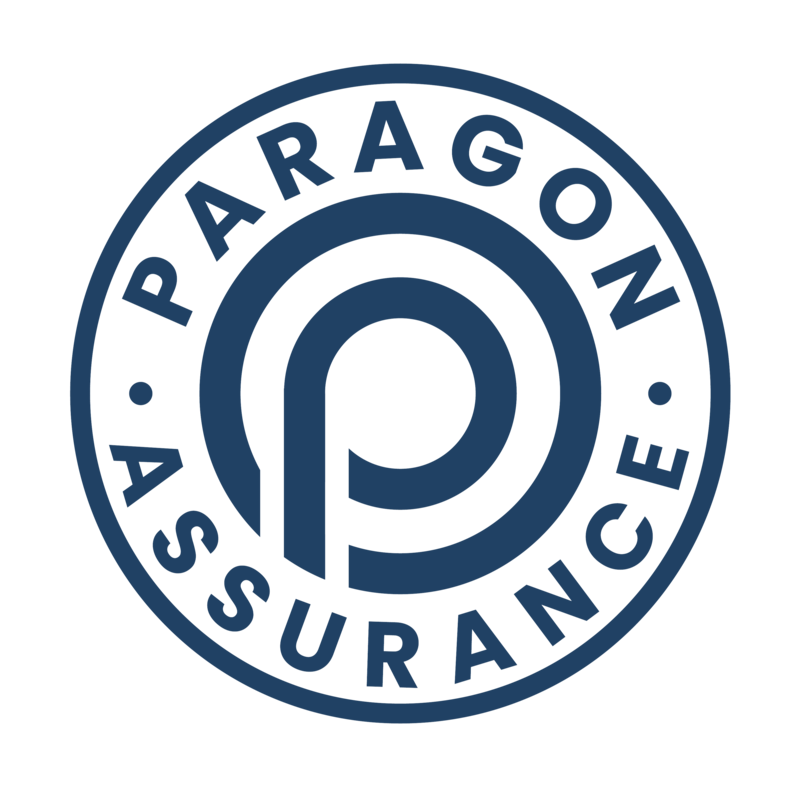Certification Process
ISO Certification Process Steps
To help you better understand the ISO certification process, each step is described in detail below.
- Quotation
- Auditor Allocation
- Initial Certification Audit — Stage 1
- Certification Audit — Stage 2
- Certification Award
- Annual Recertification Audit
We will carry out a review of your business activities to:
- To help you understand the certification process
- To establish which standards you are seeking certification to
- To establish the appropriate amount of time needed to conduct an effective audit based on process complexity, staff numbers and organisation locations.
Once reviewed, we will use this information to accurately define the scope of assessment and provide you with a quotation for certification.
Once you’ve submitted a signed quotation (with purchase order if appropriate), an auditor will be allocated. Together, we will agree suitable dates for the stage 1 and stage 2 audits.
Please note that you must be able to demonstrate your management system has been fully operational prior to the stage 2 audit taking place (A management review and full cycle of internal audits must have been completed).
The purpose of this assessment is to confirm that your organization is ready for full assessment. This assessment will be primarily a documentation review assessment. It will likely be done remotely using video conferencing software. During the stage 1 assessment, your auditor will:
- Confirm the accuracy of the information that you submitted during the quotation process
- Confirm that the management system conforms to the requirements of the standard(s) you are seeking certification to
- Confirm the implementation status of your management system(s)
- Confirm the scope of certification
- Schedule the stage 2 assessment visit
A report will be generated that identifies any Areas of Concern (AOC’s) which, if not addressed, could be raised as non-conformances at the stage 2 assessment.
The purpose of this assessment is to confirm that the management system fully conforms to the requirements of the chosen standard(s) in practice. If you undertake site work, or have more than one location that you want within the scope of your certification then your auditor may also need to audit these activities / locations. During the stage 2 assessment, your auditor will:
- Document how the system complies with the standard by using objective evidence
- Undertake sample audits of the processes and activities defined in the scope of certification
- Visit any remote locations, additional sites or remote activities to evaluate the effectiveness of the management system off site
- Report any non-conformities or opportunities for improvement
- Agree a date for the next audit
If the auditor identifies any major non-conformances, certification cannot be issued until corrective action is taken and verified. If this is not completed within 6 months, then certification cannot be recommended without a further stage 2 assessment.
Following the two stage audit, your auditor will submit their report to Paragon Assurance Technical team for review. A decision will be made by the technical team to award Certification or not. If it’s determined that your operations and processes meet the required scope of certification for the applicable standard(s). You will be issued with a soft copy of your Certificate (Hard copies are not issued). That copy will enable you to share your certification with third parties to demonstrate the high standards your organization adheres to.
Certification is valid for 1 year and is maintained through a program of annual recertification audits.
Audits are undertaken to ensure that compliance to the chosen Standard(s) is maintained throughout the annual certification cycle. The frequency and duration of audit is dependent on factors including:
- Size and structure of organization
- Complexity and risk of activities
- Number of management systems standards included in the scope of certification
- Number of sites listed within the scope of certification
During the surveillance audit you must demonstrate compliance to the standard(s) and continual improvement to retain certification.
